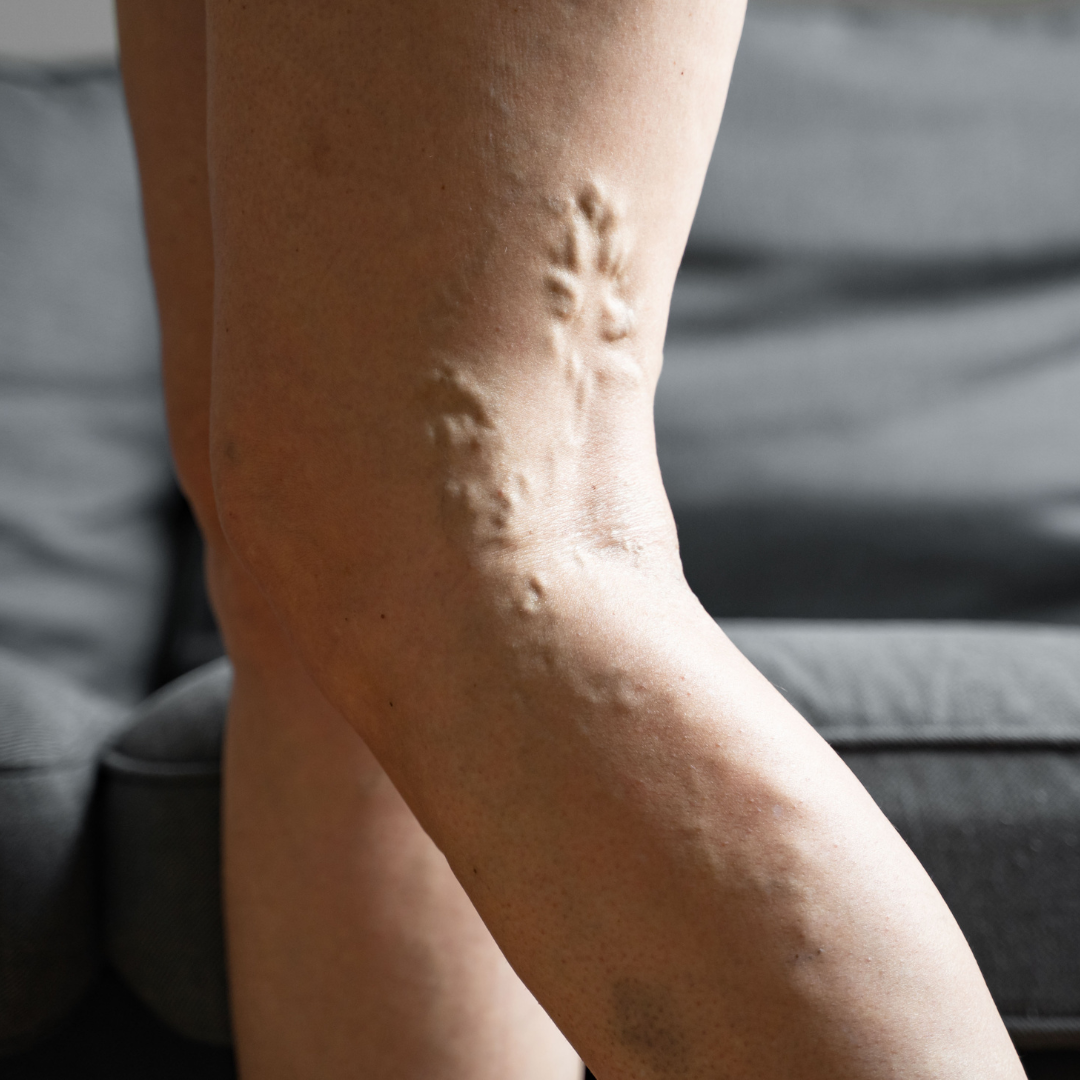
Introduction
Our mission is to provide you with accurate and insightful information to help you better understand your veins and make informed decisions about your vascular health. Whether you’re seeking preventative measures or exploring treatment options, we’ve got you covered. Let’s dive into the world of veins and discover how to keep them in optimal condition.
1. The Marvels of Veins: A Closer Look at Your Vascular System
Your vascular system, a complex network of blood vessels, plays a vital role in maintaining your overall health. At the heart of this system are veins, the unsung heroes responsible for carrying oxygen-depleted blood back to the heart. Veins work alongside arteries, which transport oxygen-rich blood away from the heart. Understanding the basics of this dynamic duo is essential for grasping the importance of vein health.
Veins come in various sizes and types, each serving a specific purpose. Deep veins are located within muscle tissue and handle the bulk of blood circulation, while superficial veins are closer to the skin’s surface. Connecting veins bridge the gap between these two types, ensuring efficient blood flow. Together, they work harmoniously to maintain a continuous cycle of circulation that keeps your body functioning optimally.
2. Unveiling Vein Disorders: Common Issues and Their Causes
Despite their crucial role, veins are not immune to problems. Several conditions can arise, affecting their functionality and appearance. Varicose veins, characterized by swollen, twisted veins often visible on the legs, are a common concern. Spider veins, smaller and often resembling spider webs or tree branches, are another prevalent issue.
Several factors contribute to the development of vein disorders. Genetics, age, pregnancy, prolonged sitting or standing, and obesity are among the common risk factors. Recognizing the signs and symptoms of these conditions is vital for seeking timely medical attention and preventing potential complications.
3. Prevention First: Lifestyle Changes for Healthy Veins
While some risk factors are beyond your control, there are steps you can take to promote healthy veins and reduce the likelihood of vein disorders. Incorporating regular physical activity into your routine helps improve circulation and strengthen the muscles that support your veins. Maintaining a healthy weight reduces pressure on your veins and lowers your risk of developing varicose veins.
A balanced diet rich in fiber, antioxidants, and anti-inflammatory foods also contributes to vein health. Foods like berries, leafy greens, citrus fruits, and whole grains support optimal blood flow and vascular function. Staying hydrated and avoiding excessive salt intake further assist in maintaining healthy veins.
4. Seeking Help: When to Consult a Vein Specialist
Knowing when to seek professional evaluation is crucial for addressing vein concerns. If you notice persistent symptoms such as pain, swelling, heaviness, or changes in the appearance of your veins, it’s time to consult a vein specialist. These experts use diagnostic tools such as ultrasound to assess the condition of your veins and recommend appropriate treatment options.
Don’t hesitate to seek medical advice, especially if you have a family history of vein disorders or if your symptoms are impacting your daily life. Early intervention can prevent further complications and improve your quality of life.
5. Modern Solutions: Advances in Vein Treatments
Advancements in medical technology have revolutionized the treatment of vein disorders. Minimally invasive procedures have become the go-to option for many patients due to their effectiveness and quick recovery times. Sclerotherapy, for instance, involves injecting a solution directly into the affected vein, causing it to collapse and eventually fade. Other advanced treatments for vein diseases are VenaSeal, Radiofrequency ablation etc.
6. Embracing Self-Care: Post-Treatment and Long-Term Vein Health
After undergoing vein treatment, practicing post-treatment care is essential for a successful recovery and long-term vein health. Your vein specialist will provide specific instructions tailored to your situation, but some general guidelines include wearing compression stockings, staying active, and avoiding prolonged periods of sitting or standing.
In addition to post-treatment care, adopting a vein-friendly lifestyle can help prevent future vein issues. Continuing to prioritize regular exercise, maintaining a healthy weight, and practicing good posture will contribute to the longevity of your vein health journey.
7. Your Vein Health Journey: Resources and Next Steps
As you embark on your vein health journey, we’re here to support you every step of the way. We’ve compiled a list of reputable resources, including websites, books, and medical organizations specializing in vein health. Whether you’re looking for further information, searching for a vein specialist in your area, or seeking guidance on maintaining healthy veins, these resources will serve as your roadmap.
Conclusion:
Thank you for accompanying us on this enlightening exploration of vein health. Your veins play a crucial role in your overall well-being, and caring for them is an investment in your long-term health and quality of life. Whether you’re implementing preventive measures or considering treatment options, the Vein Institute Houston is your trusted companion, providing you with the knowledge and insights needed to make informed decisions. Stay tuned for more valuable content, and empower yourself to prioritize your vein health. Remember, healthy veins, happy life!